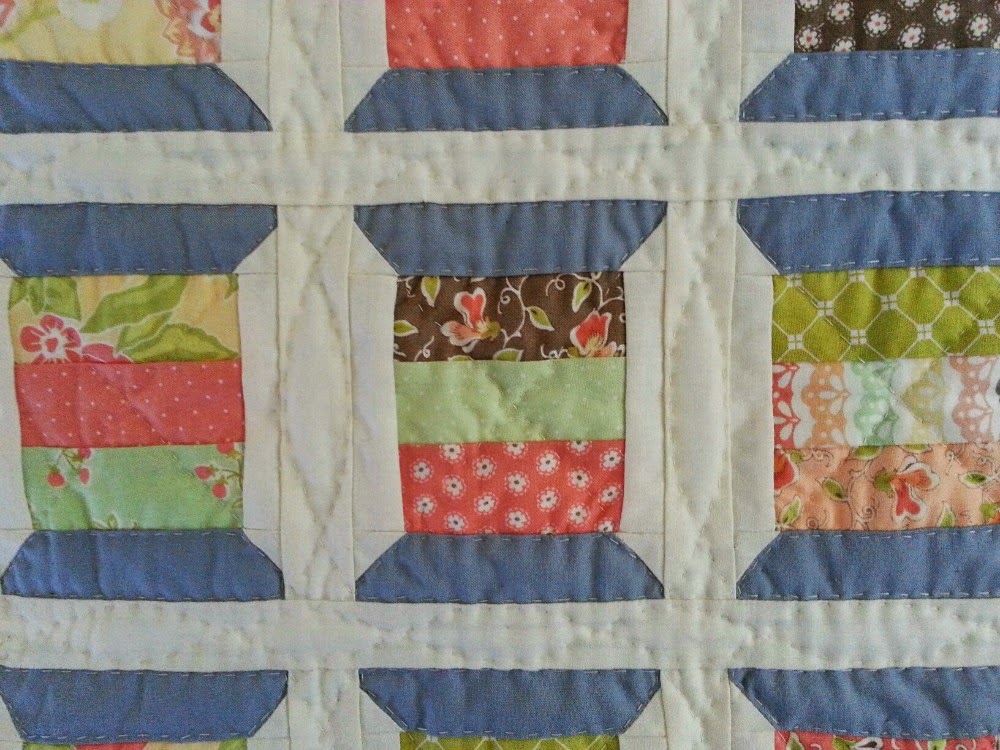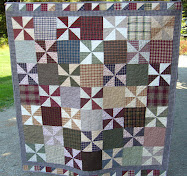Before we moved I had planted herbs here and there around our old property. They were somewhat scattered and few. Some Chamomile here, some Comfrey there, a dinner buffet of Echinacea for the slugs, some Lemon Balm, Calendula, and Sweet Leaf. That was mostly the extent of it.
Plus we had the Raspberry leaves off our plants and the Plantain and Dandelion that grew wild in our yard.
Since my husband decided to build a temporary garden spot for me to use this summer (I wasn't planning on even gardening at all this summer) and then started terracing some of the area, I began to think more and more about actually having an herbal garden.
Some of the starts, and seeds that are making their way into our herb garden this spring are:
Chickweed
Sweet Leaf (above)
Calendula
Yarrow (above)
Lemon Balm
Peppermint
Anise Hyssop
Echinacea (above)
Elecampane
Chamomile (above)
Nettle
Licorice
Feverfew
St. John's Wort
Mullein
Valerian (above)
Trees being planted:
Elderberry
Hawthorne
Chaste Tree
Herbs that were natively (for the most part) already here:
Dandelion
Plantain
Oregon Grape (above)
Comfrey
While most of this is going directly into the herb garden, I am also planting some around the property to hopefully encourage wild growth.
I'll be planting some elderberry trees, St John's wort, and nettle down by the creek. I've already seeded some chamomile around the hills.
I tried to think about where I have seen these plants growing wild, what type of conditions they were thriving in and then plant them in similar situations.
I'm excited to see how these plants do here. Success or failure. I'll let you now how it turns out.
What herbs do you have planted around your place?


































.jpg)
















































